In the quiet depths of winter, when most of nature slumbers beneath frost and snow, an extraordinary transformation takes place within the unassuming bulbs of tulips. These vibrant heralds of spring undergo what seasoned horticulturists call "cold therapy"—a carefully orchestrated period of chilling that awakens their dormant potential. The process, though simple in concept, reveals the remarkable adaptability of these plants and the intricate dance between biology and climate that makes their annual resurrection possible.
The tulip bulb, a compact package of life, contains not just the genetic blueprint for next season's blooms but also the stored energy required to fuel their emergence. Unlike seeds, which often require specific conditions to break dormancy, tulip bulbs have evolved to respond to temperature cues as their primary alarm clock. As autumn's warmth fades, the bulbs sense the approaching cold and begin preparing for their winter rest. But this dormancy isn't passive; it's a crucial developmental phase during which the bulb reorganizes its internal structures and initiates flower formation.
Commercial growers have long understood that mimicking nature's temperature cycles holds the key to consistent, high-quality tulip production. In controlled environments, bulbs are subjected to precise cooling regimens that trick them into believing they've experienced a proper winter. The temperature sweet spot typically falls between 35°F and 48°F (2°C to 9°C), with the duration of chilling varying according to variety—generally ranging from 12 to 16 weeks. This artificial winter, far more reliable than nature's unpredictable weather patterns, allows for year-round production and perfectly timed blooms.
The science behind this cold requirement, known as vernalization, involves complex hormonal changes within the bulb. Exposure to cold temperatures gradually breaks down growth inhibitors while stimulating the production of flowering hormones. Like a biochemical countdown timer, the chilling period ensures that flowering won't occur until the bulb has experienced sufficient cold. This evolutionary adaptation prevents premature growth during winter warm spells that could prove fatal to tender shoots.
For home gardeners attempting to recreate this process, understanding local climate conditions becomes paramount. In regions with mild winters where temperatures rarely dip below freezing, tulip bulbs may fail to receive adequate chilling naturally. The solution lies in pre-chilling bulbs in refrigerators before planting—a technique that has enabled tulip cultivation in warmer climates worldwide. However, this method requires careful attention; storing bulbs near ethylene-producing fruits (like apples) can damage developing flowers, while insufficient chilling results in stunted growth or complete failure to bloom.
Temperature monitoring during the chilling period reveals another layer of complexity in tulip physiology. Research shows that not all cold exposure contributes equally to breaking dormancy. The most effective vernalization occurs within a specific temperature window, with temperatures either too high or too low proving less efficient. Furthermore, the cooling process isn't linear—bulbs appear to "remember" intermittent warming periods, continuing their developmental countdown where they left off when cool conditions return.
The commercial implications of mastering this cold therapy are significant. Dutch growers, who produce billions of tulip bulbs annually, have refined chilling techniques to achieve precise flowering times for cut flower markets. By staggering planting dates and manipulating storage temperatures, they ensure a continuous supply of blooms throughout the spring season. This level of control has transformed tulips from seasonal novelties to year-round commodities in the floral trade.
Beyond commercial applications, the study of tulip dormancy offers insights into plant responses to climate change. As winter patterns become less predictable, researchers monitor how shifting temperature regimes affect vernalization requirements. Some varieties demonstrate surprising flexibility in their chilling needs, while others stubbornly adhere to ancestral patterns—a genetic diversity that may prove crucial for adapting tulip cultivation to future climate scenarios.
For the passionate gardener, the process of chilling tulip bulbs creates a tangible connection to the rhythms of nature. Peeling back the papery outer layers of a bulb reveals the embryonic plant within, complete with leaf and flower buds awaiting their thermal cue. This hidden potential, suspended in a state of paused animation, speaks to the resilience of life and the ingenious strategies plants employ to survive challenging conditions.
The moment when chilled bulbs finally meet warm soil initiates a flurry of biochemical activity. Roots emerge first, establishing an anchor and absorption system, while the flower stem remains cautiously restrained until root development is well underway. This sequential awakening ensures that the plant won't commit precious resources to flowering until its foundation is secure—another example of nature's prudent engineering.
Modern research continues to unravel the molecular mechanisms behind tulip vernalization. Scientists have identified specific genes that regulate the chilling response, opening possibilities for breeding varieties with modified cold requirements. Such advancements could expand tulip cultivation into new climatic zones while maintaining the spectacular blooms that have made these plants globally beloved.
From their wild origins in the mountainous regions of Central Asia to their current status as international floral celebrities, tulips have maintained their dependence on winter's kiss. The cold period that once simply ensured survival in harsh environments now serves as the key to their controlled propagation. In learning to replicate this natural process, humans haven't domesticated tulips so much as learned to speak their language—a silent dialogue conducted in degrees Fahrenheit and weeks of patience.
Whether in vast greenhouse operations or a backyard gardener's refrigerator, the principle remains the same: winter's temporary imprisonment gives way to spring's glorious liberation. The tulip's annual rebirth from chilled bulb to vibrant bloom stands as one of horticulture's most elegant examples of life's persistence—a colorful reminder that sometimes, growth requires first going cold.
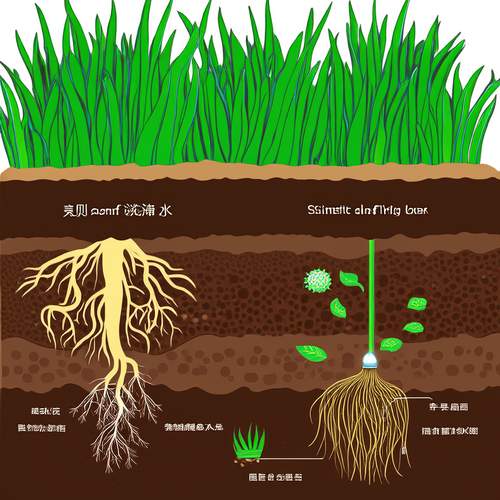
By /May 21, 2025
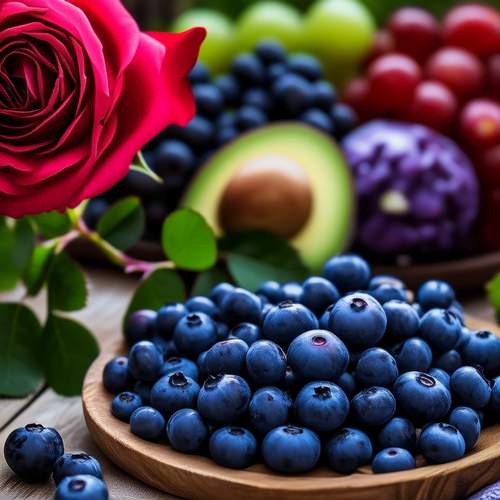
By /May 21, 2025
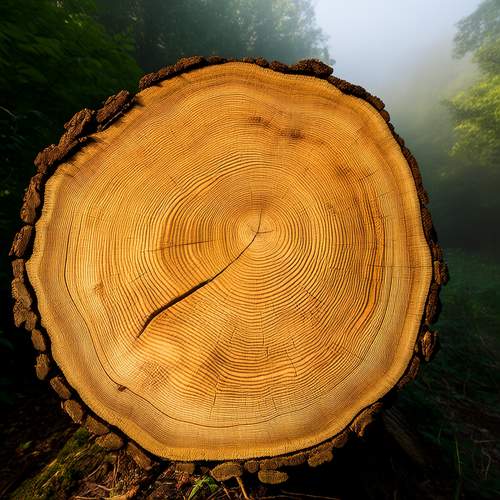
By /May 21, 2025
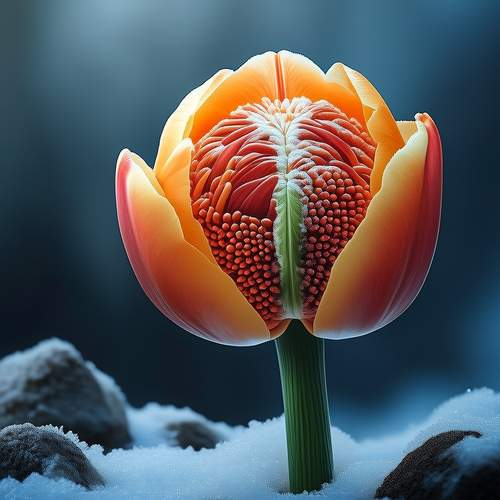
By /May 21, 2025
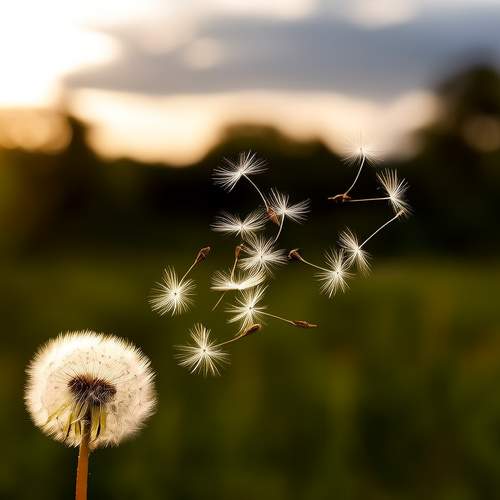
By /May 21, 2025
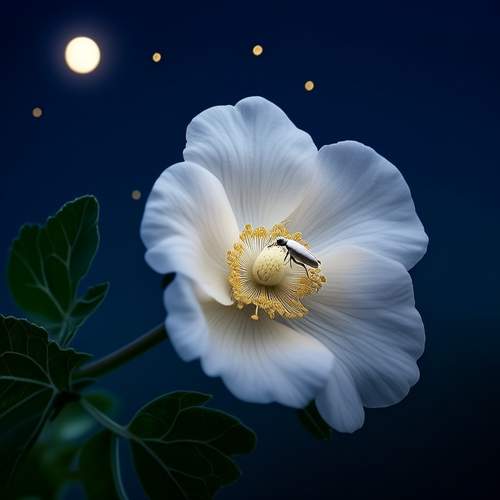
By /May 21, 2025
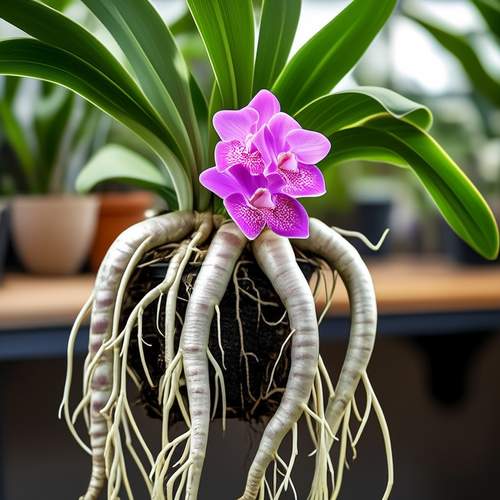
By /May 21, 2025
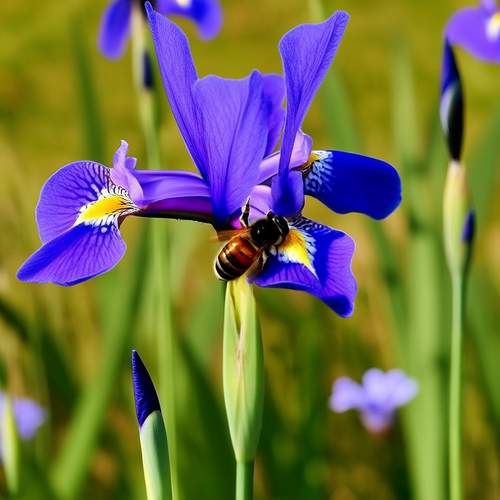
By /May 21, 2025
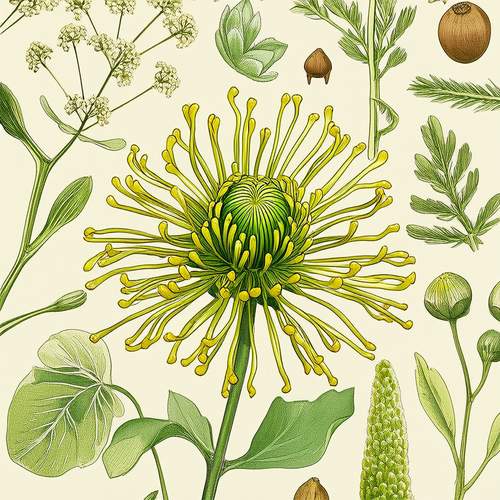
By /May 21, 2025
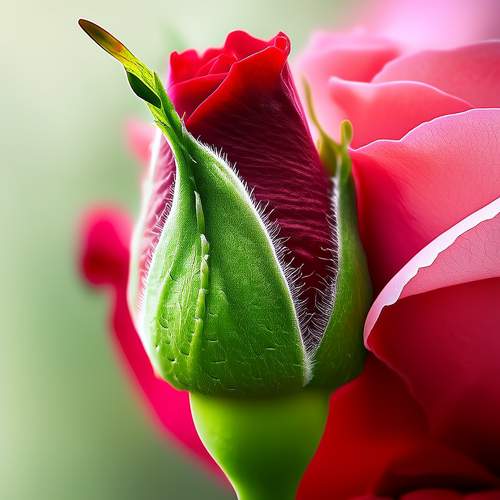
By /May 21, 2025
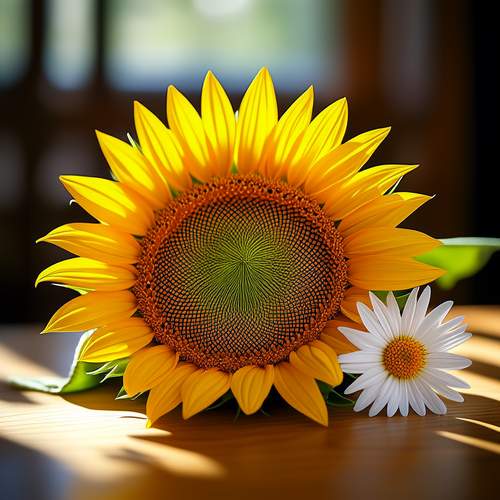
By /May 21, 2025
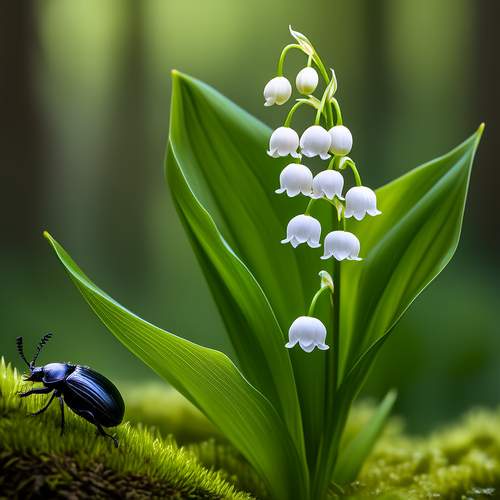
By /May 21, 2025
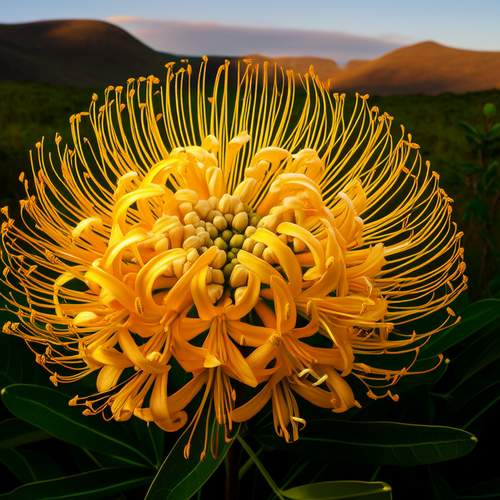
By /May 21, 2025
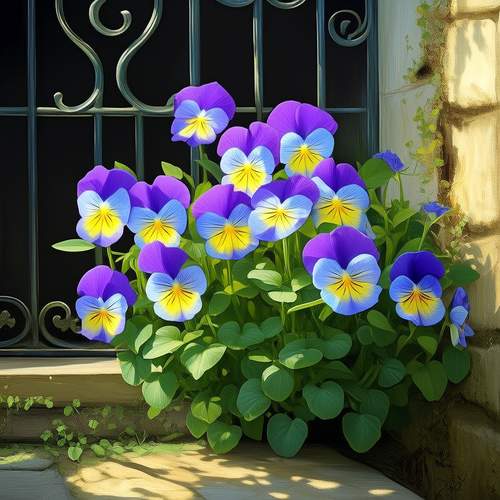
By /May 21, 2025

By /May 21, 2025
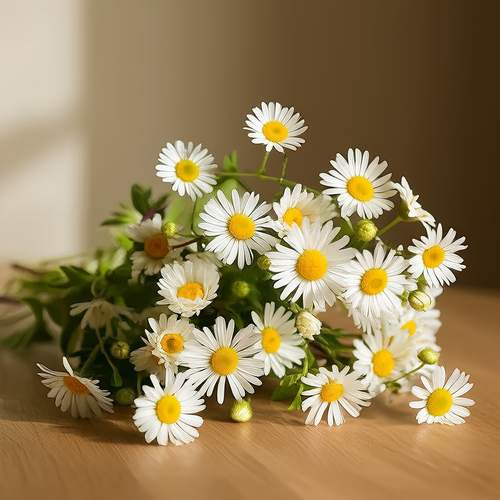
By /May 21, 2025

By /May 21, 2025

By /May 21, 2025

By /May 21, 2025
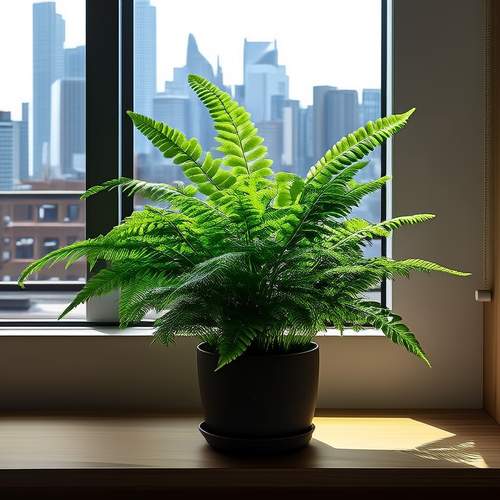
By /May 21, 2025